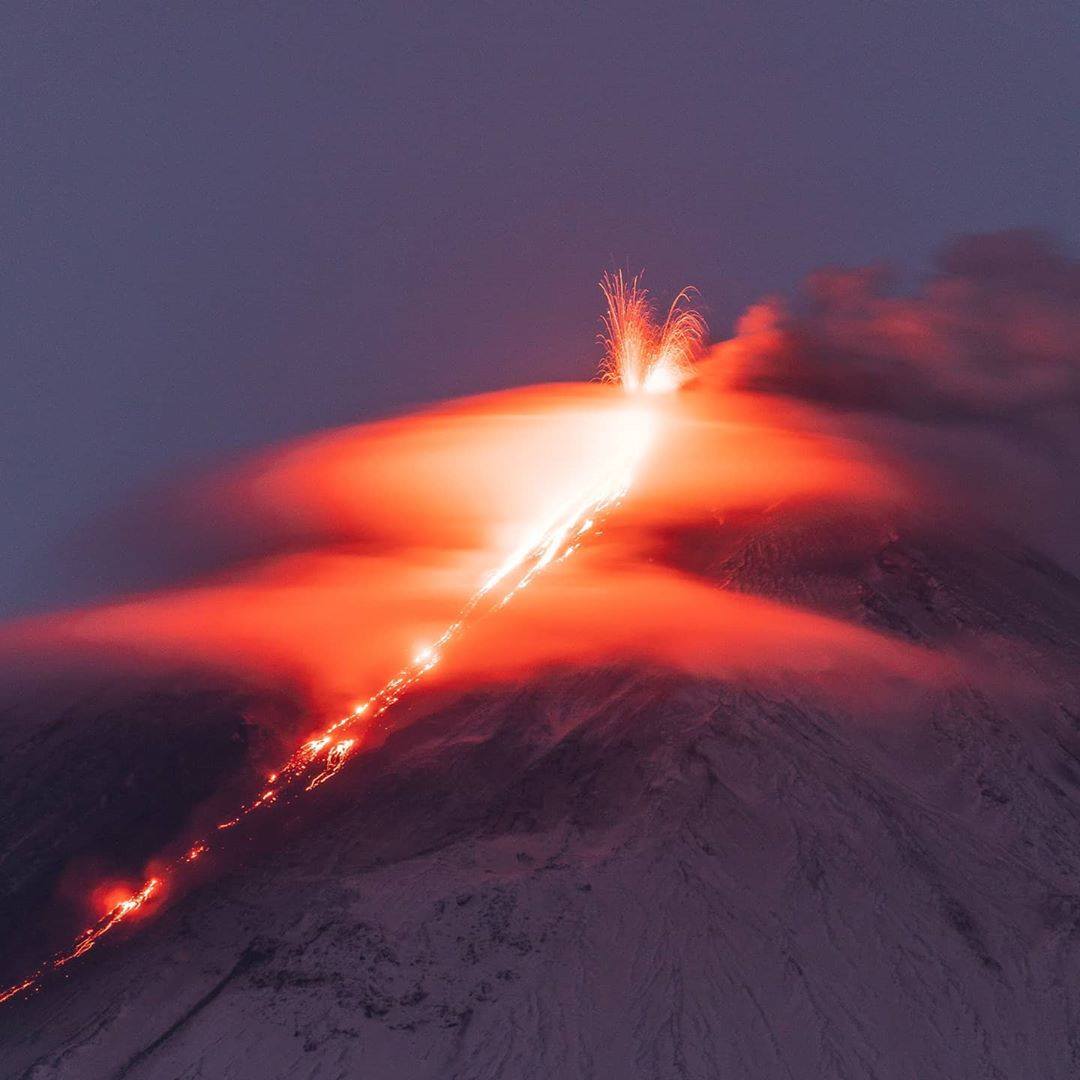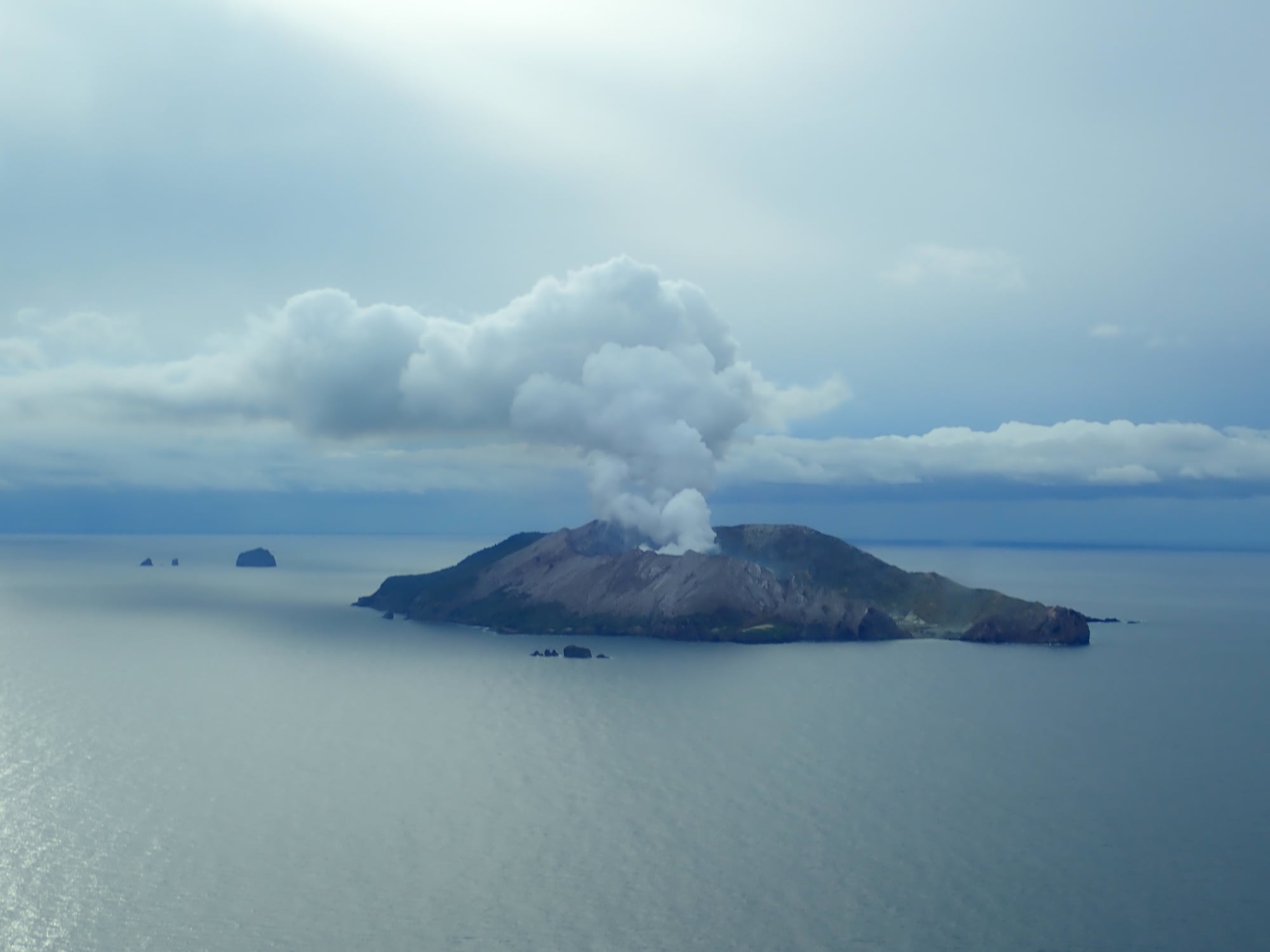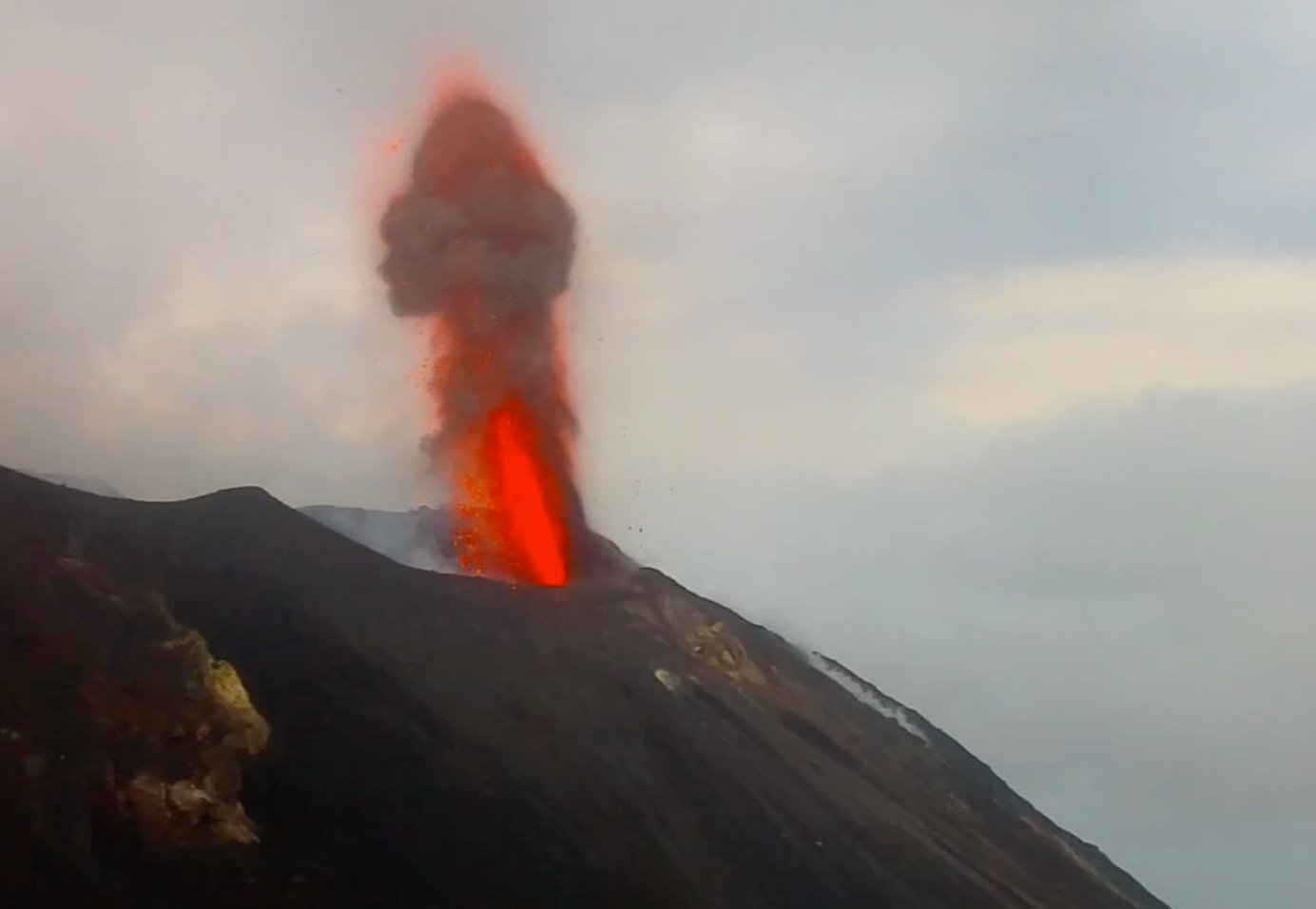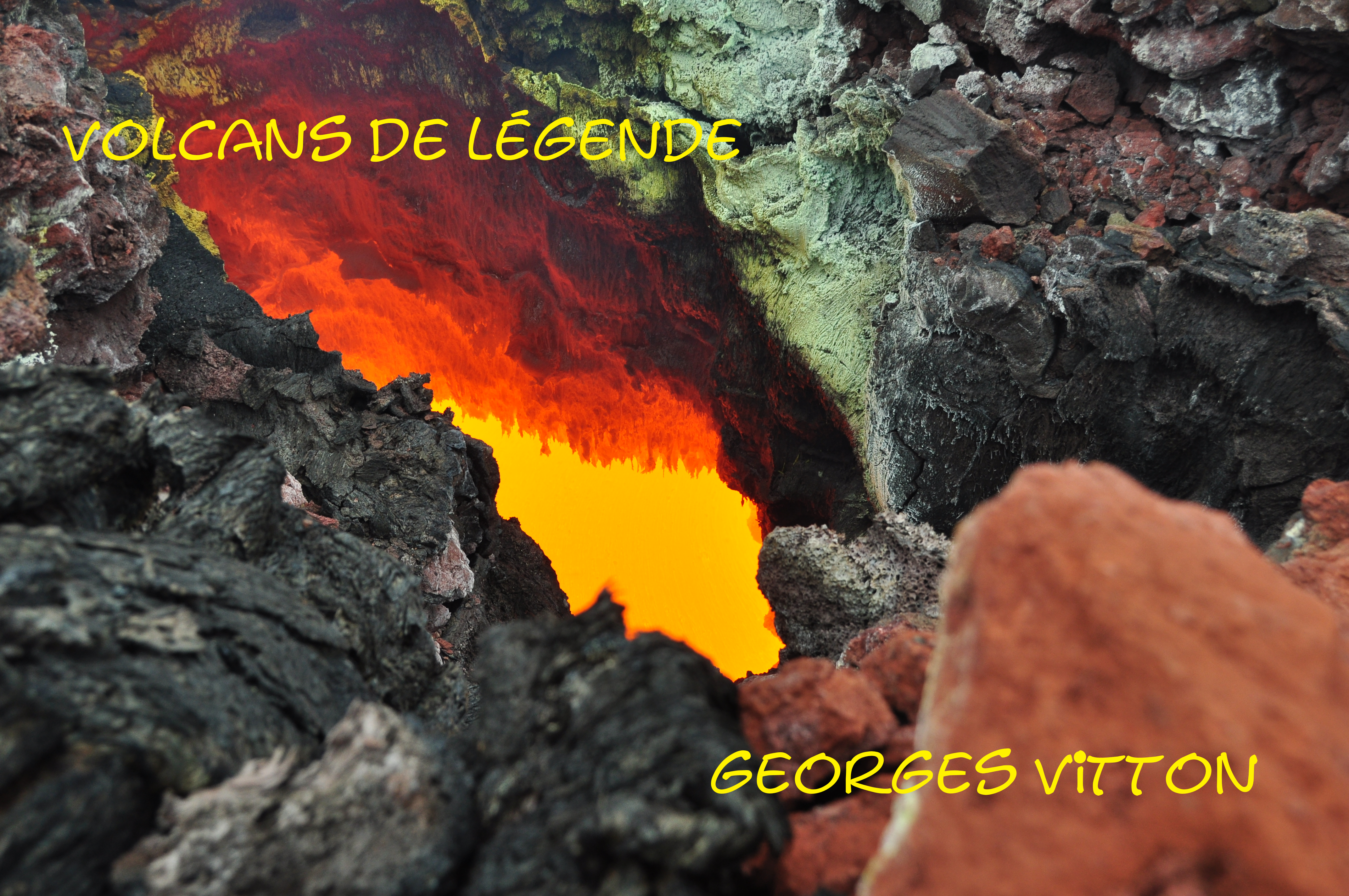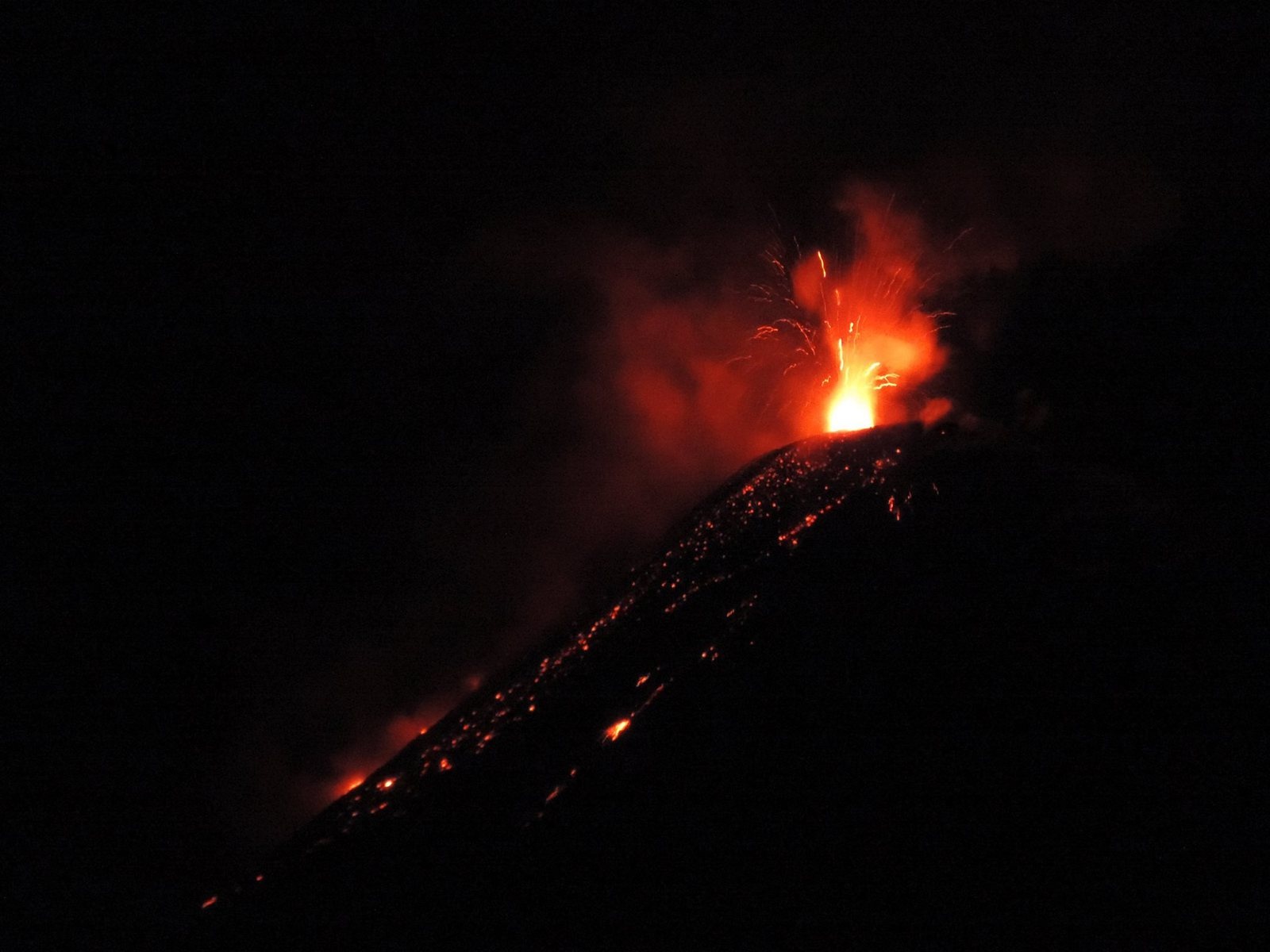November 14, 2020. EN. Kamchatka : Klyuchevskoy , Hawaii : Mauna Loa , Indonesia : Merapi , Ecuador : Reventador , Mexico : Popocatepetl .
November 14 , 2020. Kamchatka , Klyuchevskoy : 56.06 N, 160.64 E; Elevation 15580 ft (4750 m) Aviation Colour Code is ORANGE A moderate explosive-effusive eruption of the volcano…

